Optimal Timing for Front Steps Installation
Determining the optimal time for front steps installations involves considering weather conditions, temperature, and project complexity. Proper planning ensures safety, quality, and durability of the installation. Typically, favorable weather conditions can significantly impact the installation process, reducing delays and potential issues.
Spring and early fall generally provide mild temperatures and minimal precipitation, ideal for outdoor construction projects.
High heat can affect concrete curing, while freezing temperatures hinder setting, making moderate temperatures preferable.
Larger or more complex installations benefit from scheduling during periods with predictable weather to prevent delays.
Understanding local climate patterns helps in selecting the most suitable months for installation.
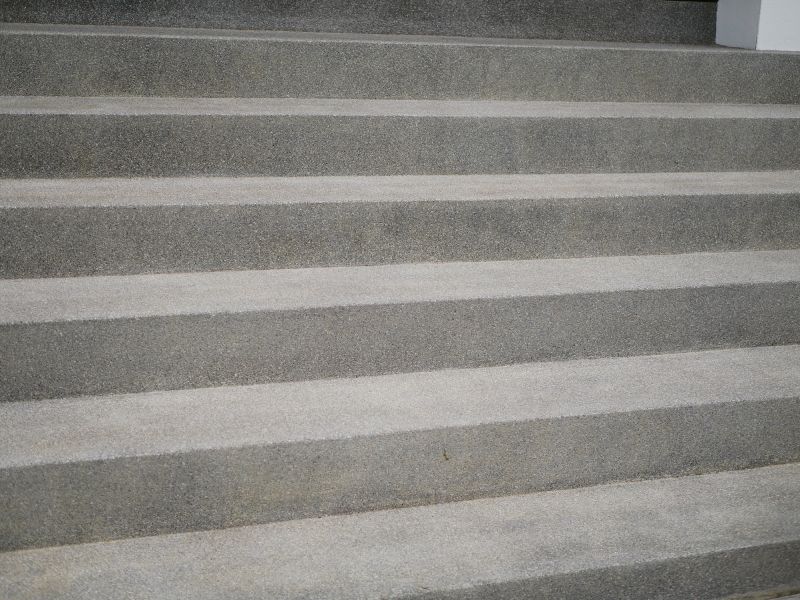
Spring offers optimal weather conditions for durable and long-lasting front steps.
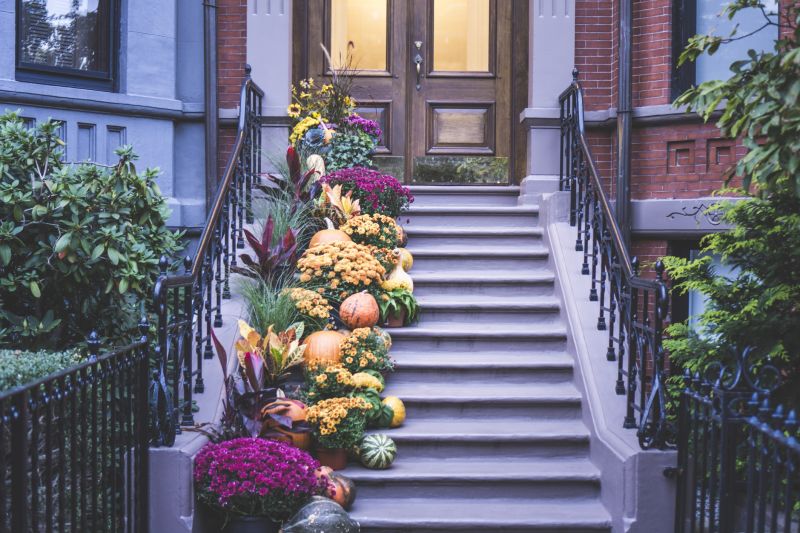
Late summer provides warm temperatures, but precautions against heat and dry conditions are necessary.
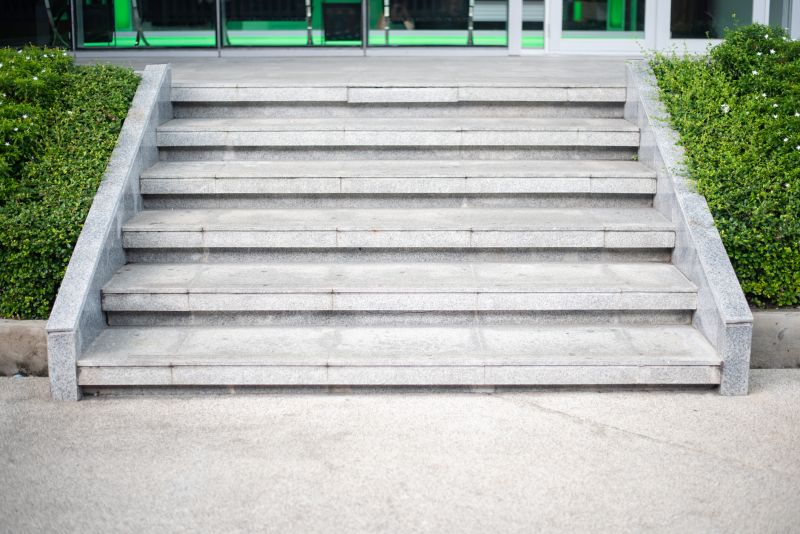
Early fall combines mild weather with less rain, ideal for outdoor installations.
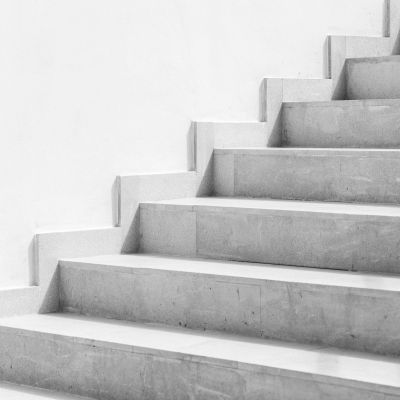
Ways to make Front Steps Installations work in tight or awkward layouts.

Popular materials for Front Steps Installations and why they hold up over time.
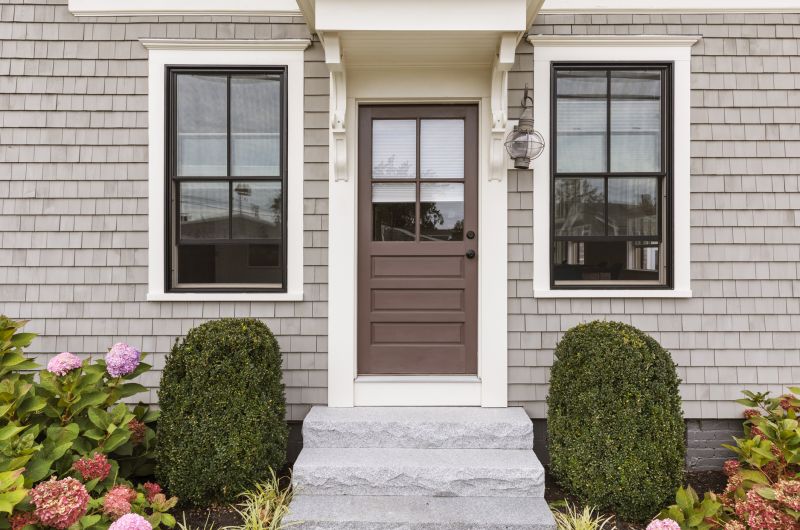
Simple add-ons that improve Front Steps Installations without blowing the budget.
Front steps installation is a critical component of exterior home improvement, enhancing curb appeal and accessibility. Proper timing ensures that materials such as concrete and stone set correctly, preventing cracks or damage caused by adverse weather. Planning installations during suitable seasons can also help avoid costly delays and ensure the longevity of the steps.
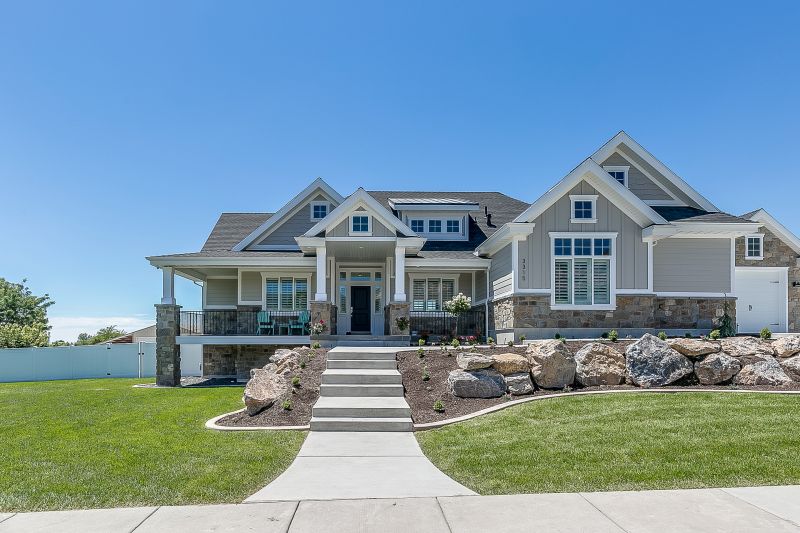
Spring installations often result in a smooth curing process with optimal weather conditions.
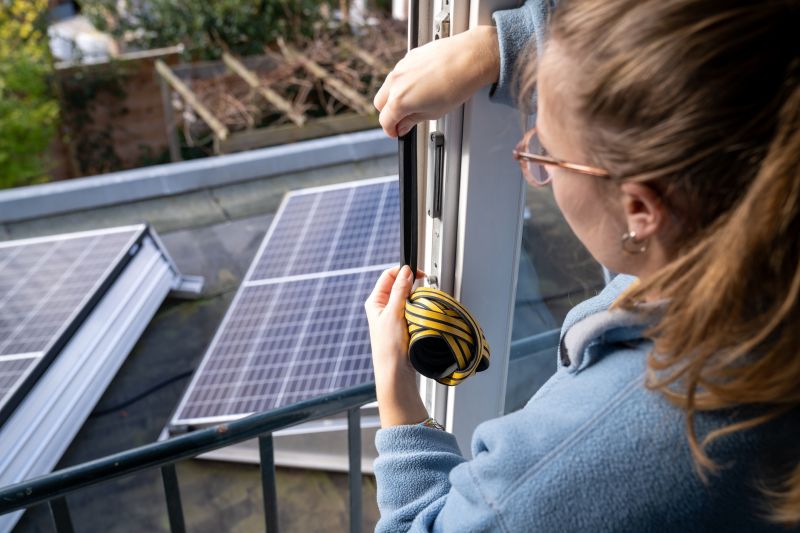
Weather patterns influence the choice of season for installation projects.
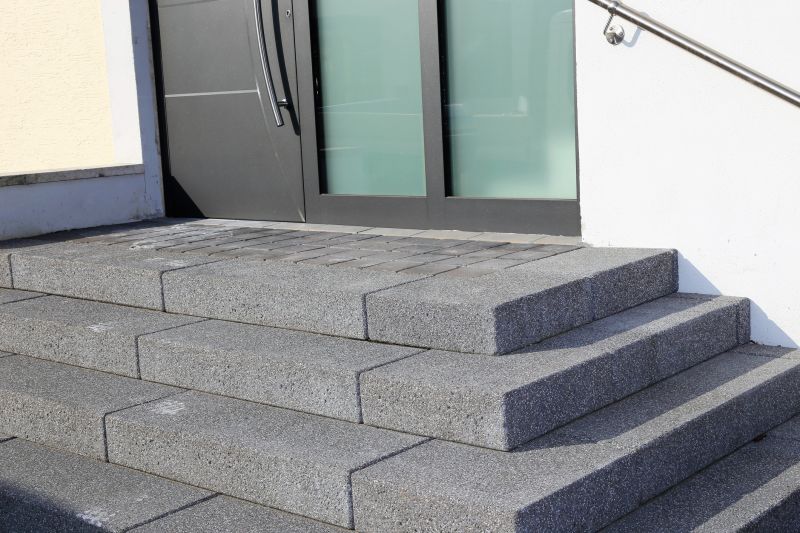
Proper material preparation and timing contribute to the durability of the installation.
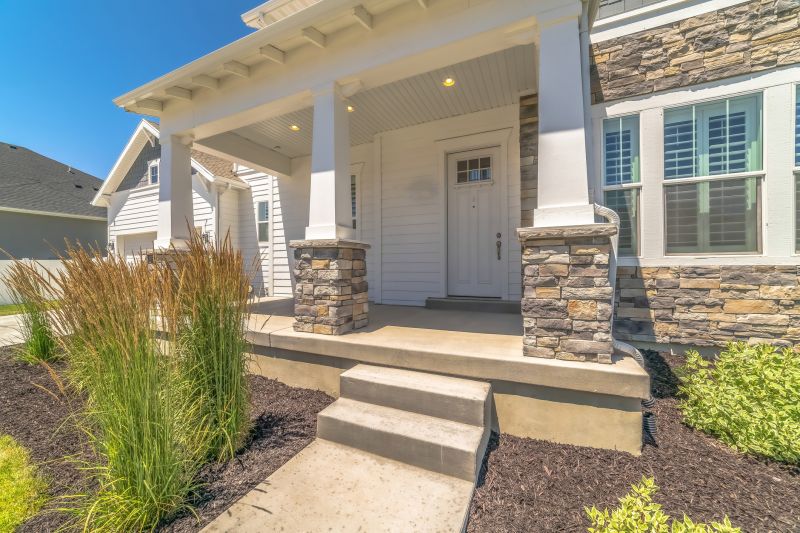
Timing allows for thorough finishing and inspection before exposure to harsh weather.
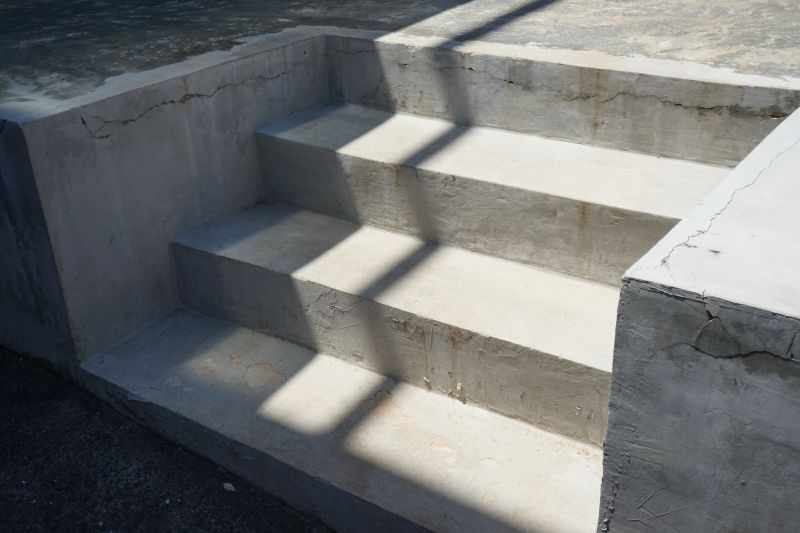
High-end options that actually feel worth it for Front Steps Installations.
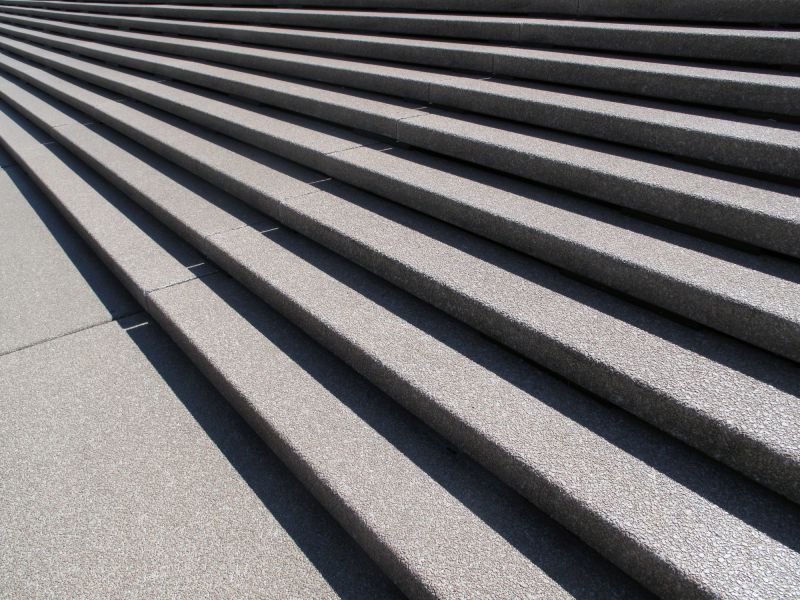
Finishes and colors that play nicely with Front Steps Installations.

Little measurements that prevent headaches on Front Steps Installations day.
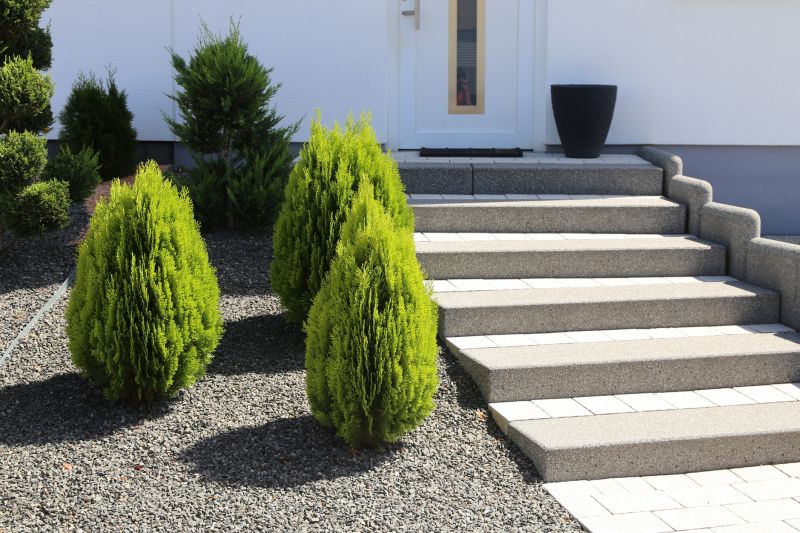
A 60-second routine that keeps Front Steps Installations looking new.
| Season | Ideal Conditions |
|---|---|
| Spring | Mild temperatures, low precipitation, optimal for curing and setting materials. |
| Summer | Warm weather, but avoid peak heat hours and dry conditions. |
| Fall | Moderate temperatures, minimal rain, suitable for installation. |
| Winter | Not recommended due to freezing temperatures and potential for frost damage. |
Selecting the right time for front steps installation can significantly impact the durability and appearance of the finished project. It is advisable to monitor weather forecasts and plan installations during periods with stable, mild conditions. Proper planning and timing can help ensure that the installation process proceeds smoothly and results in a safe, attractive entrance.
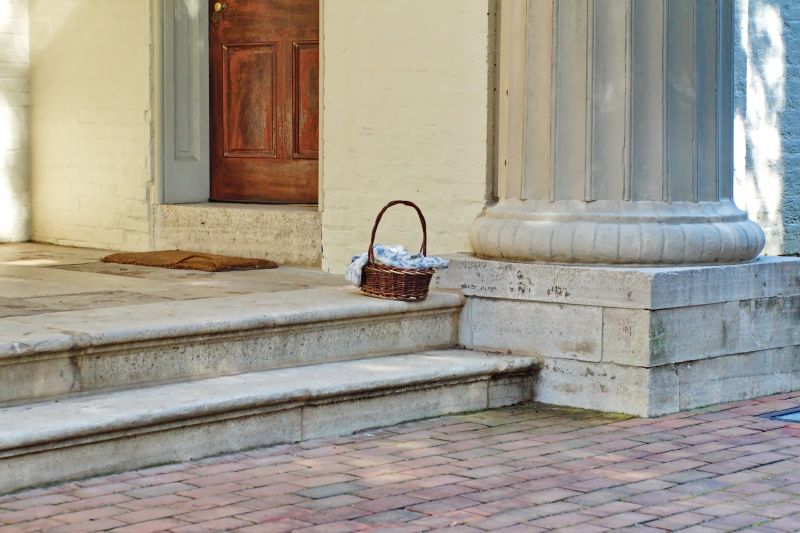
Spring provides excellent conditions for durable front steps.

Early fall allows for optimal weather and timely project completion.
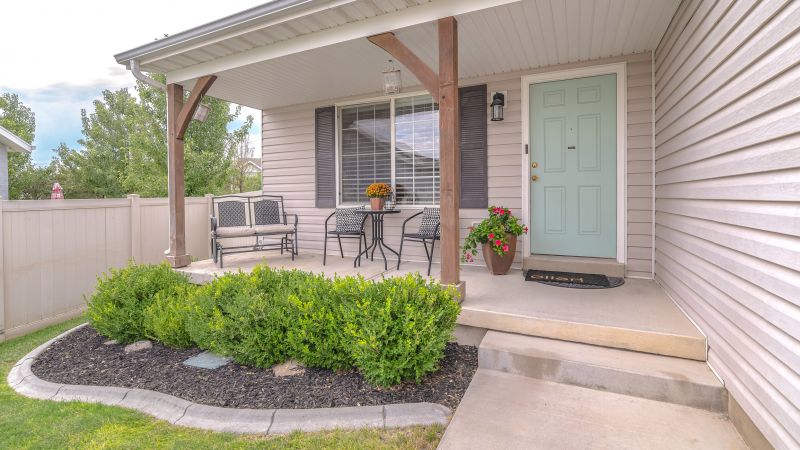
Mild weather reduces risks associated with temperature extremes.
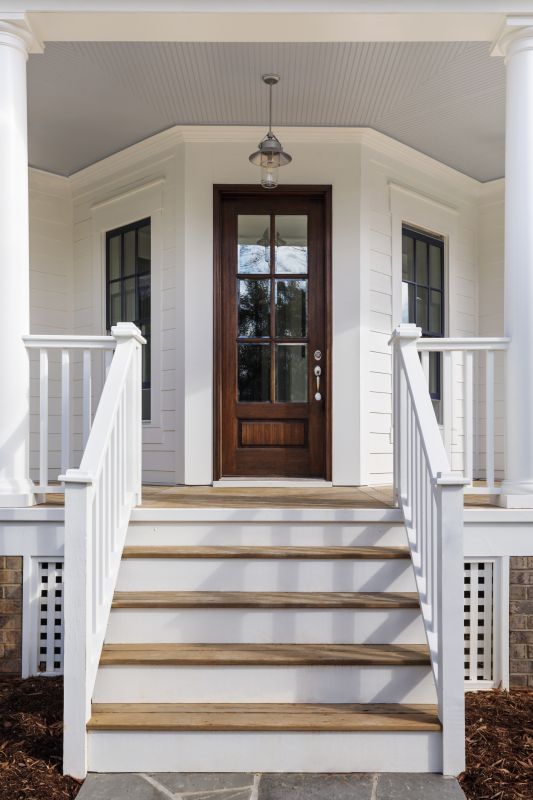
Proper timing enhances longevity and appearance of front steps.
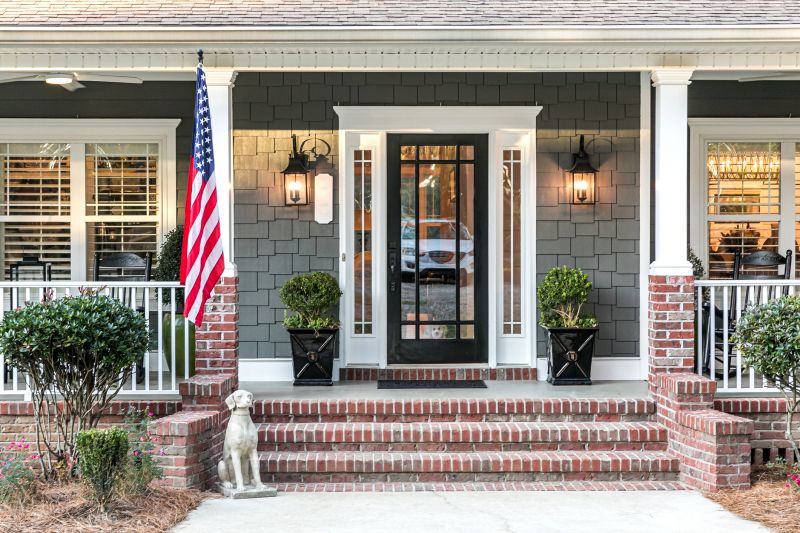
A frequent mistake in Front Steps Installations and how to dodge it.
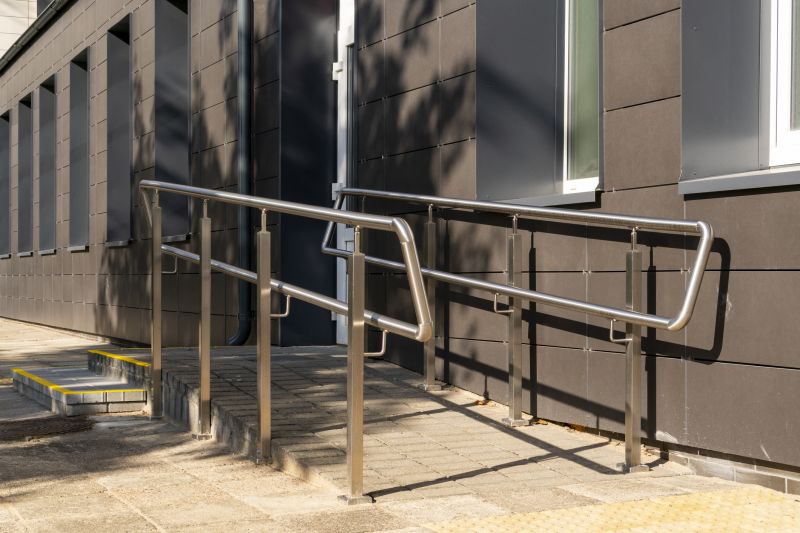
Small tweaks to make Front Steps Installations safer and easier to use.
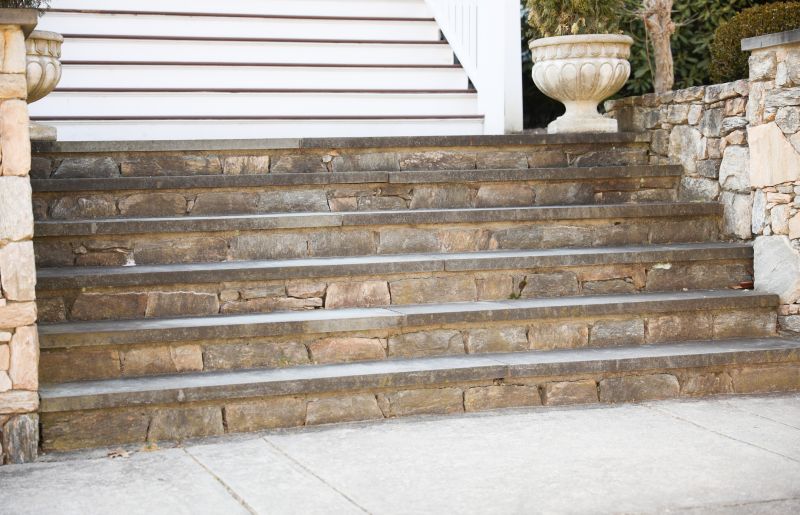
Lower-waste or water-saving choices for Front Steps Installations.

The short, realistic tool list for quality Front Steps Installations.
Interested in scheduling a front steps installation? Filling out the contact form can provide more information and help plan the project during the most suitable season for optimal results.



